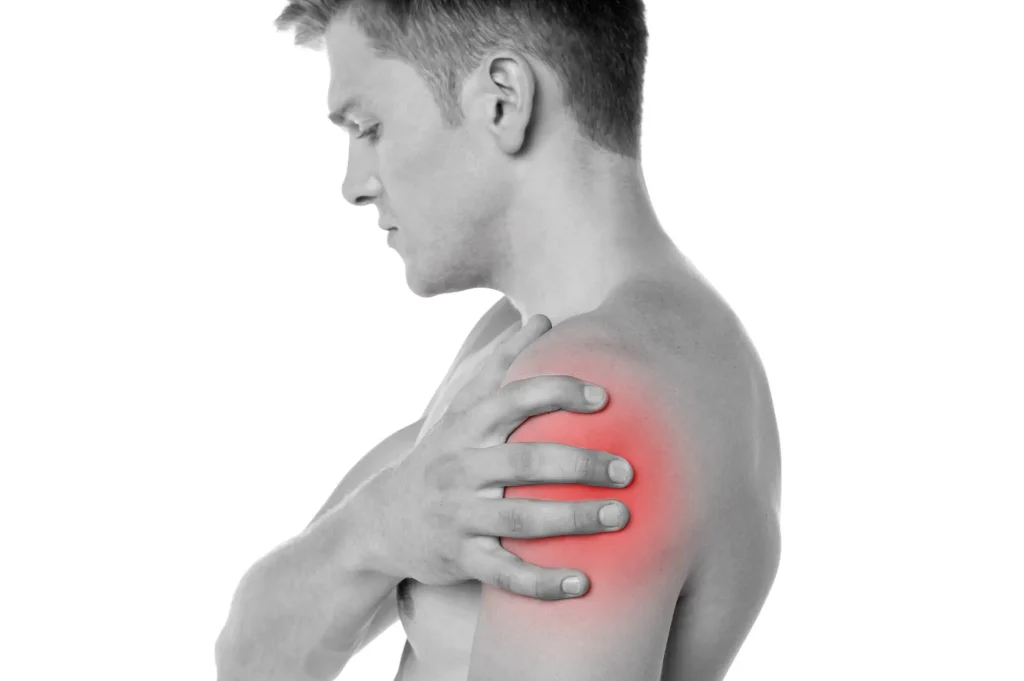What Is Subacromial Impingement?
Subacromial Impingement Syndrome occurs when the rotator cuff tendons or subacromial bursa become compressed between the humeral head (upper arm bone) and the acromion (part of the shoulder blade) during arm elevation. This compression can lead to inflammation, pain, and limited movement.
It is one of the most common causes of shoulder pain and is often seen in individuals who perform repetitive overhead motions.
Causes and Risk Factors
-
Repetitive overhead activities (e.g., swimming, tennis, painting, construction)
-
Poor posture (forward head/rounded shoulders)
-
Weakness or imbalance in rotator cuff and scapular muscles
-
Degenerative changes in the acromion (bone spurs)
-
Structural variations (e.g., hooked or curved acromion shape)
-
Previous rotator cuff injuries
Symptoms
-
Shoulder pain with overhead activity or reaching behind the back
-
Pain worsens at night or when lying on the affected side
-
Weakness in the shoulder and arm, particularly when lifting
-
A painful arc of motion (typically between 60° and 120° of arm elevation)
-
Clicking or popping sensation with motion
Diagnosis
-
Clinical examination with impingement tests (e.g., Neer test, Hawkins-Kennedy test)
-
Observation of scapular dyskinesis or postural deficits
-
X-rays to evaluate bone spurs or acromion shape
-
MRI or ultrasound to assess tendon inflammation or partial tearing
Treatment
Non-Surgical Treatment
-
Rest and activity modification to reduce overhead strain
-
NSAIDs for pain and inflammation
-
Physical therapy to:
-
Strengthen the rotator cuff and scapular stabilizers
-
Improve shoulder mechanics and posture
-
-
Corticosteroid injection into the subacromial space (in selected cases)
Surgical Treatment
-
Considered for patients with persistent pain after 3–6 months of conservative therapy
-
Arthroscopic subacromial decompression:
-
Removal of inflamed bursa and bone spurs
-
Smoothing or reshaping of the acromion (acromioplasty)
-
-
May be combined with rotator cuff repair if needed
Recovery Outlook
-
Non-surgical treatment is successful in the majority of cases
-
Post-surgical rehab:
-
Sling for a few days (if no rotator cuff repair)
-
Physical therapy starts soon after surgery
-
Return to normal activity by 8–12 weeks
-
Return to overhead sports or heavy lifting may take longer
-
Why Kerlan Jobe Institute?
At Kerlan Jobe Institute, our shoulder specialists are leaders in managing subacromial impingement. We offer individualized rehab plans and, when needed, minimally invasive arthroscopic procedures to relieve pain and restore optimal shoulder function for athletes, laborers, and anyone affected by this common condition.

